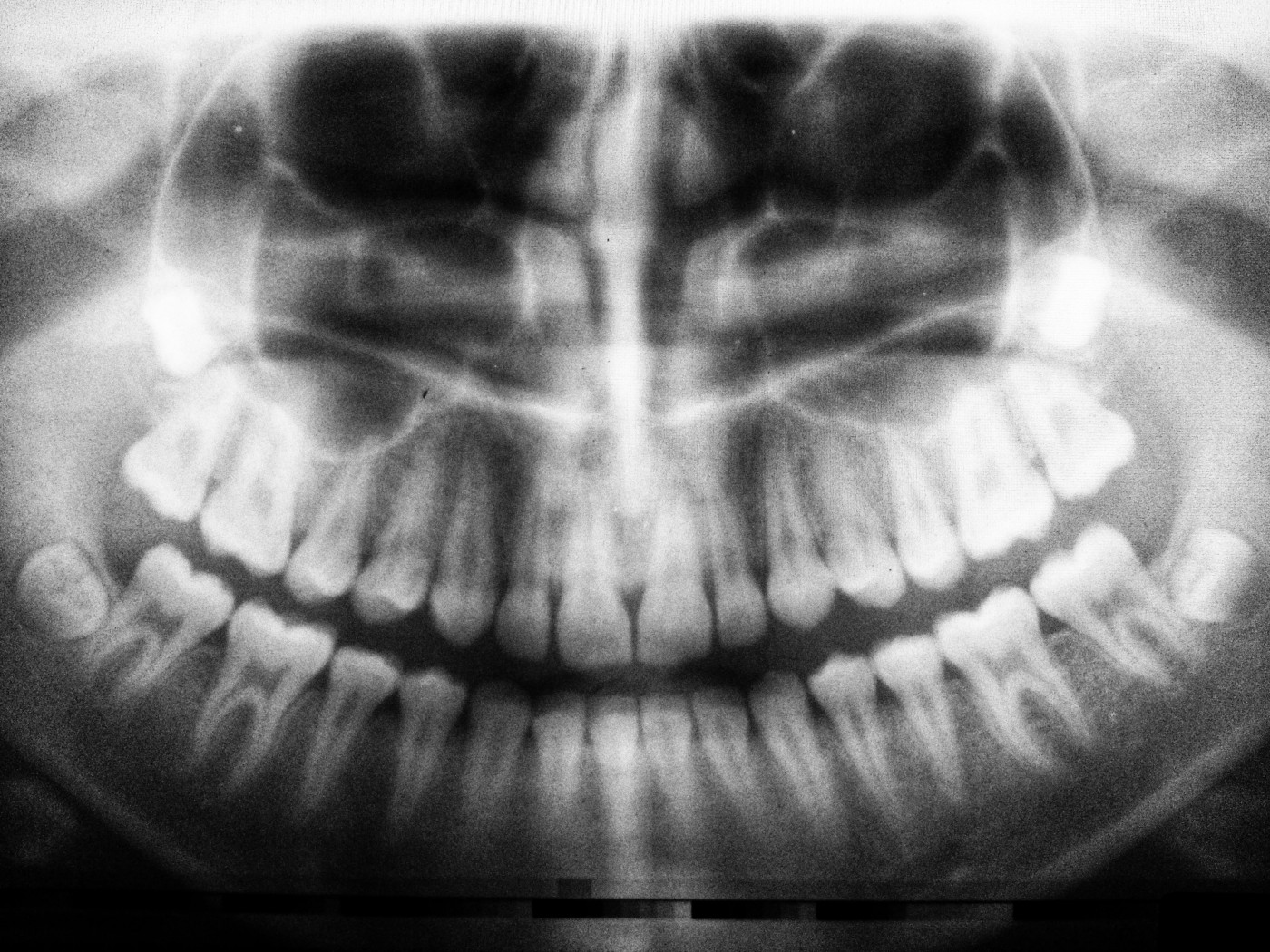Teeth of ALS Patients Show Odd Metabolism of Metals in Childhood

The teeth of people with amyotrophic lateral sclerosis (ALS) show their bodies metabolize metals — from chromium to zinc — in abnormal ways starting in infancy, and these changes predispose them to ALS disease as adults.
The study, which looked at how metal uptake early in life can affect adult health, may provide a basis for ALS screening programs and approaches that address metabolism, potentially preventing the neurodegenerative disease from developing.
The study, “Early life metal dysregulation in amyotrophic lateral sclerosis,” was published in the Annals of Clinical and Translational Neurology.
Exposure to metals is among the environmental risk factors thought to contribute to ALS. Abnormal metal metabolism causes changes in energy production, protein control, oxidative stress (cellular damage as a consequence of high levels of oxidant molecules), neuronal activation, and brain inflammation, all of which are known to play a role in ALS.
But it is unclear when in life patients begin to experience abnormal metal regulation.
Researchers at the University of Michigan and Icahn School of Medicine at Mount Sinai examined teeth from ALS patients and adults without this disease serving as controls.
Teeth are an attractive tissue to study biological mechanisms within a person, from an early age onward, because their development properties are unique. Permanent (adult) teeth begin to develop around birth, and grow in a manner that very much resembles growth rings in trees.
As these rings are mineralized, nutrients and toxic metals circulating in the blood are captured in a chronological manner, allowing researchers to accurately measure metal concentrations throughout the years, beginning in early childhood.
“The growth rate of teeth is well known because teeth undergo limited remodeling, except in the case of dental caries or attrition, trace element deposits in teeth are stable,” the researchers wrote. “Therefore, retrospective and accurate early life metal uptake assessment is reliable.”
Teeth samples from 36 ALS patients and 31 controls, taken at an autopsy or during routine dental extractions, were examined. Using a powerful technology called laser ablation‐inductively coupled plasma‐mass spectrometry (LA‐ICP‐MS), the researchers established the temporal profiles of metal exposure, focusing particularly on birth to age 15.
Patients mostly had sporadic ALS (88.9%), and were a median age of 63. Controls were younger, with a median of 57.5 years, and were also more frequently smokers.
Greater exposure to several metals were found in ALS patients at various developmental stages. One example was chromium, whose uptake began to rise at age 10 in these people. Manganese was also significantly higher in patients from birth to age 6, and then significantly lower between the ages of 12 and 15.
This meant the ages at which metal levels in patients differed from controls varied with the metal. Chromium, for example, reached its maximum difference (49% difference) at age 15, manganese was 82% higher at birth, and nickel was 65% higher at 8 years old. Tin and zinc were also 2.5 times higher at ages 2 and 6, respectively.
Researchers then examined a compound measure of all these metals, and showed that patients had three exposure windows: a first from birth to age 2, a second from ages 7 to 9, and a third from 13 to 15 years old. However, only a few of the 11 metals tested (barium, copper, lead, and zinc) were high across all three periods.
These findings did not change significantly when researchers excluded the four patients with familial ALS from the analysis.
“We have shown that it is possible to detect signatures of late life disease all the way right at the beginning of life,” Paul Curtin, PhD, a professor at Icahn School of Medicine and study author, said in a Mount Sinai video.
Researchers then went on to confirm their findings in an animal model of ALS carrying a SOD1 mutation. No single metal’s uptake over time was found to vary compared with control animals, but a mixture of metals was significantly different in ALS mice.
This effect was mainly driven by increases in manganese, cobalt, chromium, calcium, strontium, and zinc, with smaller contributions from the other metals. Findings here suggested that studying a mixture contribution of metals “may be more meaningful than studying each metal individually,” the researchers wrote.
The team also examined metal distribution in the brains of ALS mice and control mice using the same technology that had been used on teeth. Significant differences were seen in a range of brain regions, including higher zinc levels in the motor cortex — the main region affected in ALS — and frontal cortex of ALS animals, and lower magnesium levels.
“These effects may contribute to various pathologic alterations in cells that induce a fragile state in motor neurons during development and increase susceptibility to premature damage of neurons and supporting nonneuronal cells,” the researchers wrote.
“This is the first study to show a clear signature at birth and within the first decade of life, well before any clinical signs or symptoms of the disease,” Manish Arora, PhD, professor at Mount Sinai, said in a press release.
Because these differences were discovered in biological mechanisms, the team think it likely that therapies can be developed to correct these metabolic abnormalities early in life.
“We hope in the long term, after validation of this work in larger studies, that this will lead to preventive strategies,” said Arora, the study’s senior author. “What’s exciting about this work is that we are looking at biological pathways that we could potentially modify with drug development.”
This work was supported by grants from the National Institute of Child Health and Human Development and the National Institutes of Environmental Health Sciences.






